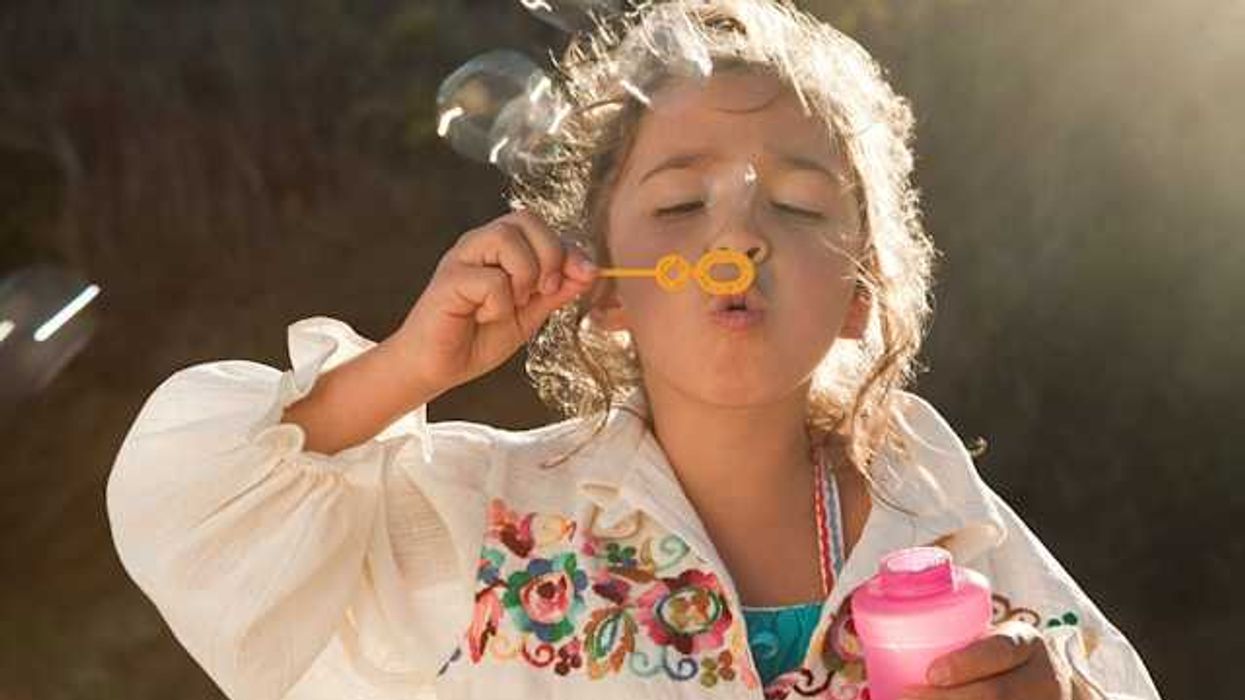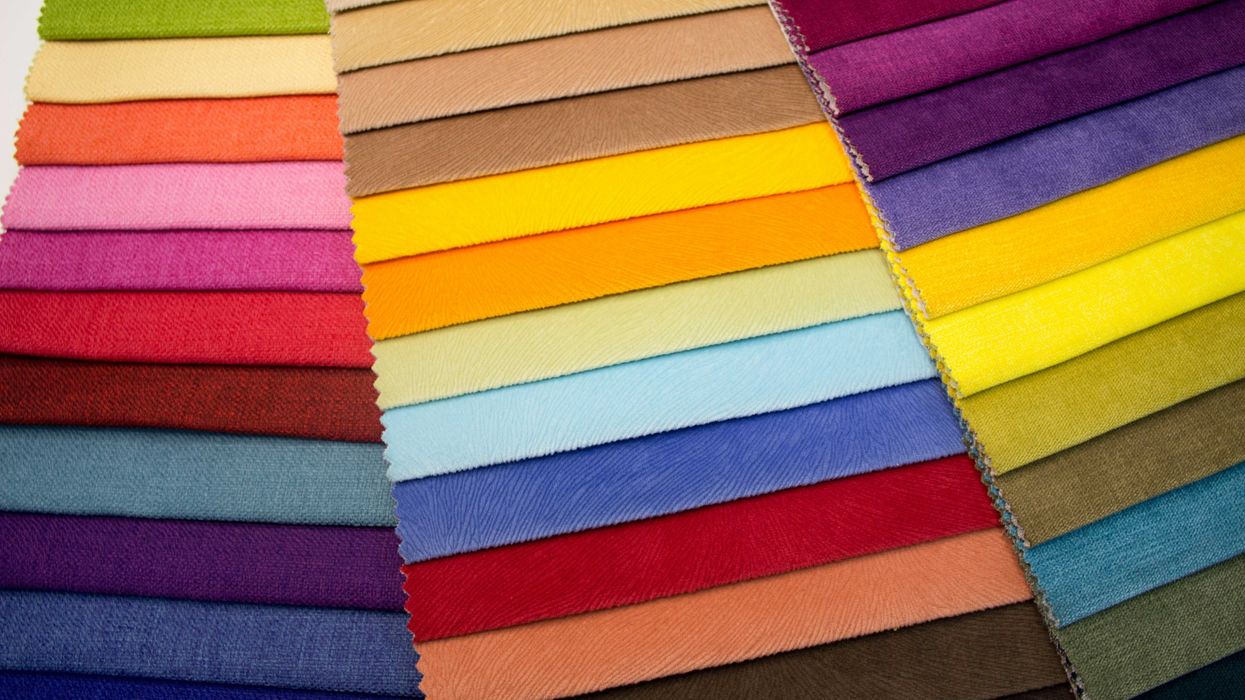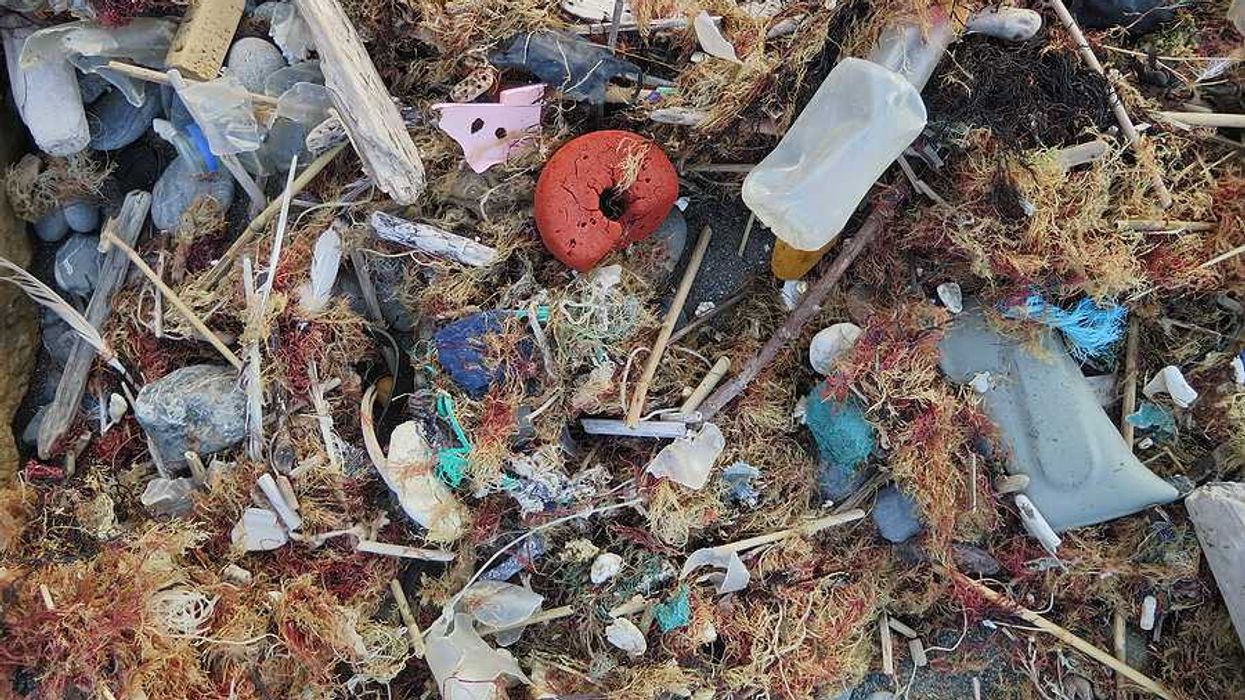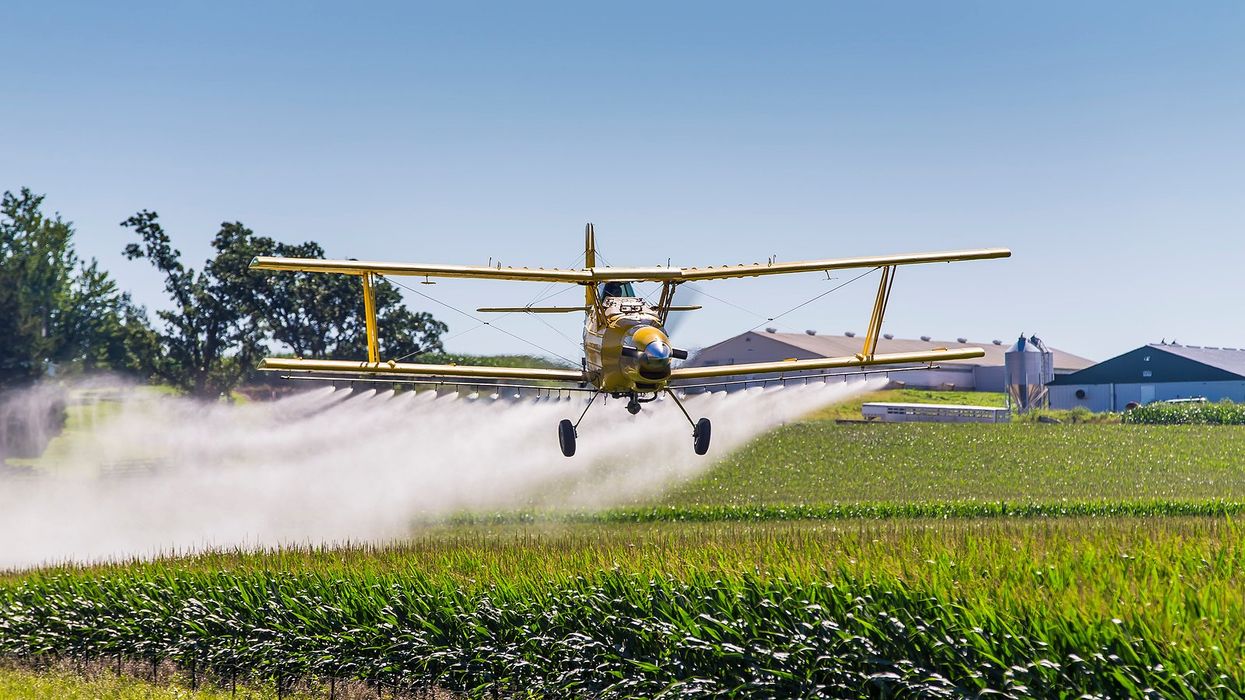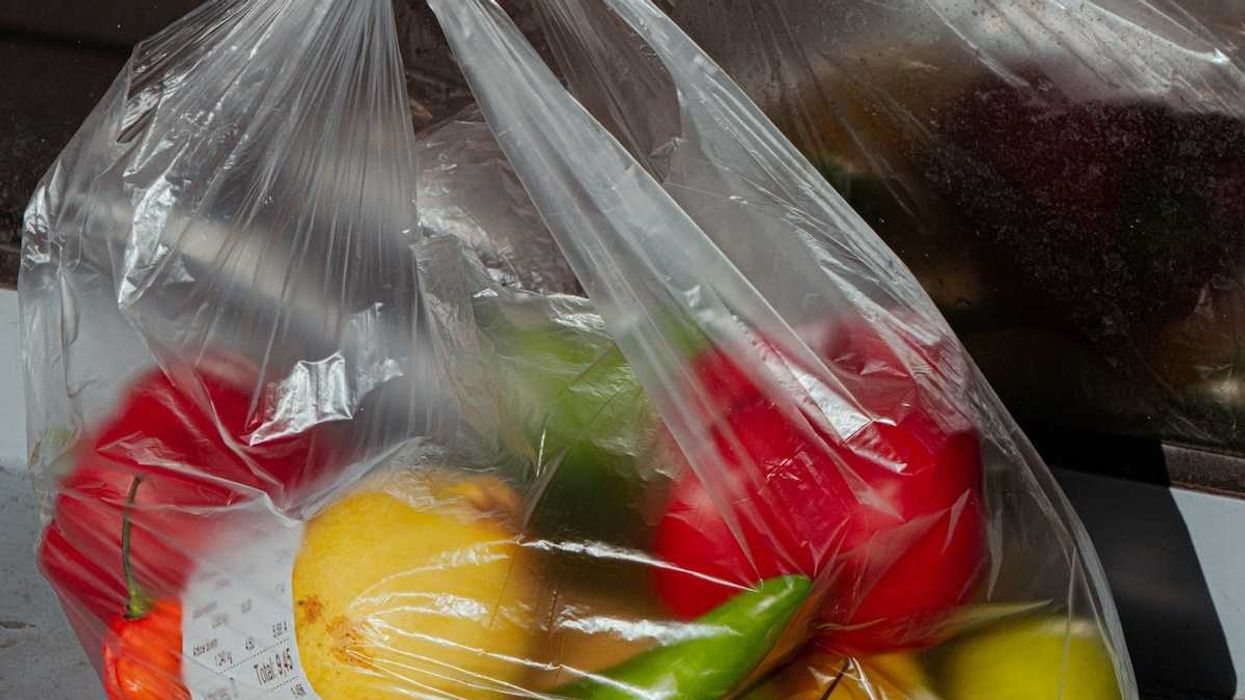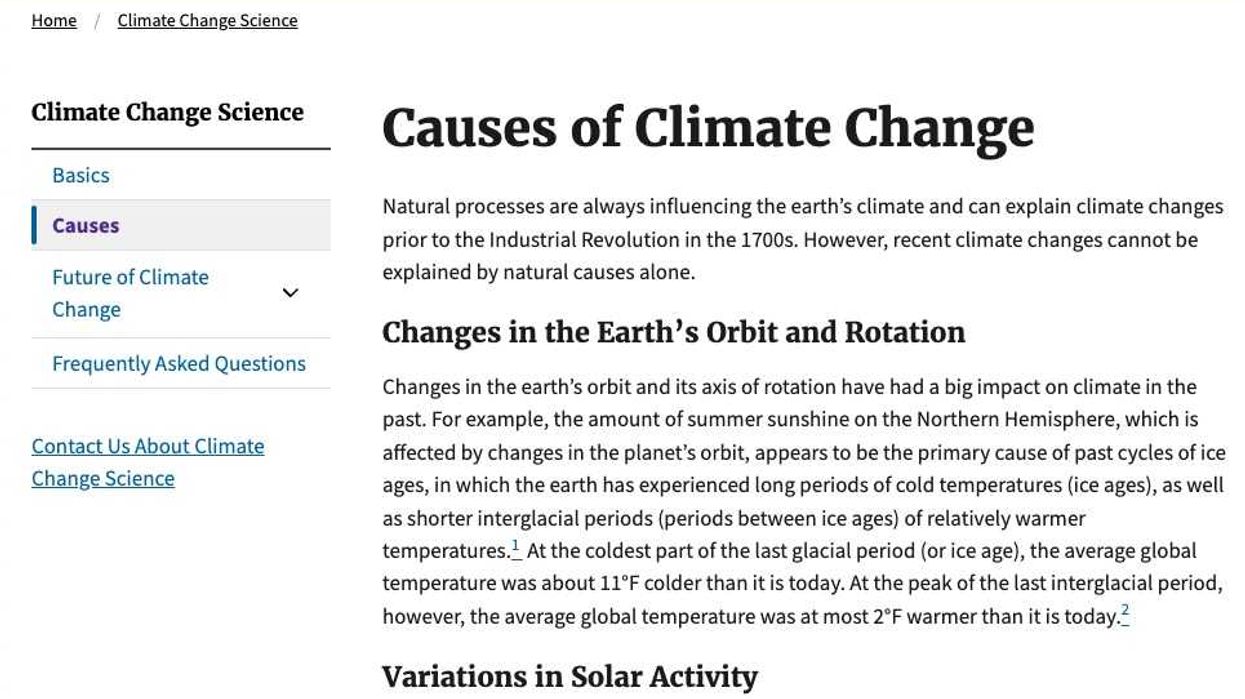Glyphosate, a pesticide tied to cancer, was detected in tampons sold in the UK at concentrations 40 times higher than what is legally allowed in drinking water.
Helena Horton reports for The Guardian.
In short:
- A joint report from Pan UK, the Women’s Environmental Network, and the Pesticide Collaboration found glyphosate in tampons from major UK retailers, with one sample containing 0.004 mg/kg — 40 times the legal threshold for water safety in the UK and European Union.
- Glyphosate enters the bloodstream more directly through vaginal absorption, bypassing the body’s normal detox systems and raising concerns about long-term health effects.
- While glyphosate is used widely in cotton farming, there are no UK regulations requiring period products to be tested for pesticide contamination, despite prior findings of heavy metals in such items.
Key quote:
“If this level of glyphosate is deemed to be unsafe in the water we drink, why is it allowed to appear in our period products?”
— Amy Heley, Pesticide Collaboration
Why this matters:
Glyphosate is one of the most commonly used herbicides in the world, and it’s nearly impossible to avoid. It’s in the food we eat, the parks we walk through, and now, it seems, in products designed for some of the most sensitive parts of the human body. While regulators have set strict limits on its presence in drinking water, no such limits apply to menstrual products, even though vaginal tissue absorbs chemicals directly into the bloodstream without the filtering benefits of digestion. Cotton, a main component of many tampons, is grown with heavy chemical input, including glyphosate. Exposure during menstruation raises questions not only about individual health risks — such as cancer, endocrine disruption, or neurodegenerative disease — but also shines a spotlight on systemic regulatory gaps. The findings put pressure on both manufacturers and governments to increase transparency and safety standards.
Related EHN coverage:




